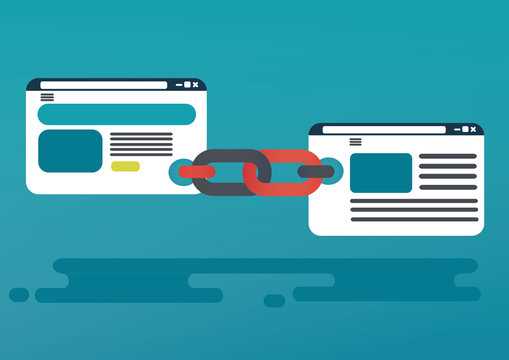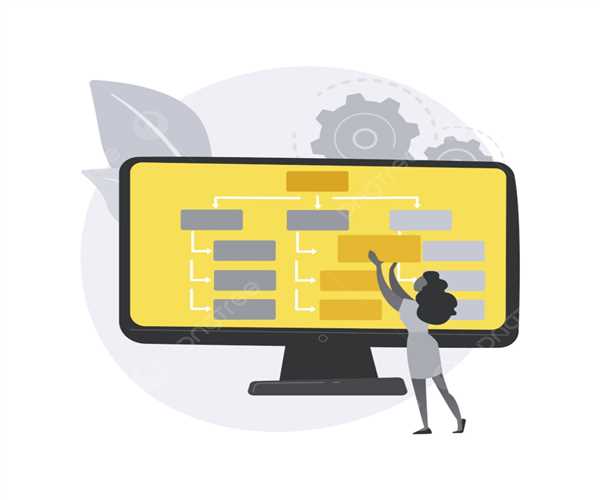
28-Jun-2023 , Updated on 6/28/2023 11:53:11 PM
10 secrets about internal linking in SEO for your website
Highlights
- Internal linking refers to the practice of linking one page of a website to another page within the same website.
- Internal links help search engines understand the structure and hierarchy of your website, improving its overall SEO.
- Organize your website's structure logically, using categories, subcategories, and a clear hierarchy
- Regularly check for broken internal links and fix them promptly. Broken links can negatively impact user experience and search engine crawlers' ability to navigate your site.
- Implement breadcrumbs on your website to provide a clear navigational path and enhance internal linking.
Internal linking is an essential aspect of search engine optimization (SEO) that often gets overlooked. Many website owners focus solely on external links and neglect the power and potential of internal links. However, internal linking plays a crucial role in enhancing the visibility, usability, and SEO performance of your website. In this view, we will explore ten secrets about internal linking for SEO that can help you improve your website's ranking and user experience.
- Create a Logical Site Structure
One of the primary goals of internal linking is to establish a logical site structure. By organizing your content into relevant categories and subcategories, you make it easier for search engines to crawl and index your website. A well-structured site allows for efficient internal linking, enabling visitors to navigate through your content seamlessly.
- Use Descriptive Anchor Text
Anchor text is the visible, clickable text in a hyperlink. When creating internal links, use descriptive anchor text that accurately describes the content it points to. Relevant and keyword-rich anchor text helps search engines understand the context of the linked page and improves its visibility in search results.
- Prioritize Relevancy
When linking internally, prioritize relevancy. Linking related pages together helps search engines establish semantic relationships between your content, which can boost your website's overall SEO performance. Linking to unrelated or irrelevant pages may confuse search engines and lead to a diluted SEO impact.
- Optimize Link Placement
The placement of internal links within your content is crucial for SEO. Search engines assign more weight to links placed higher up on a page, assuming they are more important. Including internal links within the main body of your content, particularly towards the beginning, can enhance their visibility to both users and search engines.
- Use Breadcrumb Navigation
Breadcrumb navigation is a beneficial internal linking technique that provides users with an easy-to-follow trail of links, displaying the hierarchical structure of your website. Breadcrumbs improve user experience, allowing visitors to navigate through your site quickly. Additionally, search engines use breadcrumbs to understand the context and structure of your website.
- Utilize Sitemaps
Sitemaps serve as a roadmap for search engine crawlers, guiding them through your website's content. By including internal links within your sitemap, you can ensure that all your important pages are discovered and indexed by search engines. Sitemaps also help search engines understand the relationship between different pages on your site, leading to better overall SEO.

- Update and Audit Internal Links Regularly
As your website evolves, pages get added, modified, or removed. It's essential to regularly update and audit your internal links to ensure they are accurate and up to date. Broken or outdated links can harm your website's user experience and negatively impact SEO. Use tools like Google Search Console to identify and fix any broken internal links.
- Use Nofollow Attribute Strategically
The nofollow attribute is an HTML attribute that tells search engines not to follow a particular link. While internal links generally pass link equity and SEO value, there may be instances where you don't want search engines to crawl or index certain pages. In such cases, strategically using the nofollow attribute can help you control the flow of link equity within your website.
- Diversify Anchor Text
Using a diverse range of anchor text for your internal links can improve your website's SEO performance. Instead of using the same anchor text repeatedly, vary it by including relevant synonyms, long-tail keywords, or descriptive phrases. Diversifying anchor text helps search engines understand the content and context of linked pages, contributing to better visibility in search results.
- Monitor Internal Link Performance
Lastly, it's crucial to monitor the performance of your internal links regularly. Tools like Google Analytics can provide insights into the click-through rates and engagement metrics of your internal links. By analyzing this data, you can identify which internal links are generating the most traffic and conversions, and which ones may need optimization. This information can help you refine your internal linking strategy and improve the overall SEO performance of your website.
In conclusion, internal linking is a powerful SEO technique that should not be underestimated. By implementing these ten secrets about internal linking, you can enhance your website's visibility, user experience, and search engine rankings. Remember to create a logical site structure, use descriptive anchor text, prioritize relevancy, optimize link placement, utilize breadcrumb navigation and sitemaps, update and audit internal links regularly, use the nofollow attribute strategically, diversify anchor text, and monitor internal link performance.
By incorporating these best practices into your SEO strategy, you can harness the full potential of internal linking and boost the success of your website in the search engine results pages. Internal links not only help search engines crawl and index your content effectively but also provide valuable navigation and context for your visitors. So, take advantage of internal linking and unlock the SEO benefits it can offer to your website.

SEO and Content Writer
I am Drishan vig. I used to write blogs, articles, and stories in a way that entices the audience. I assure you that consistency, style, and tone must be met while writing the content. Working with the clients like bfc, varthana, ITC hotels, indusind, mumpa, mollydolly etc. has made me realized that writing content is not enough but doing seo is the first thing for it.
Join Our Newsletter
Subscribe to our newsletter to receive emails about new views posts, releases and updates.
Copyright 2010 - 2026 MindStick Software Pvt. Ltd. All Rights Reserved Privacy Policy | Terms & Conditions | Cookie Policy